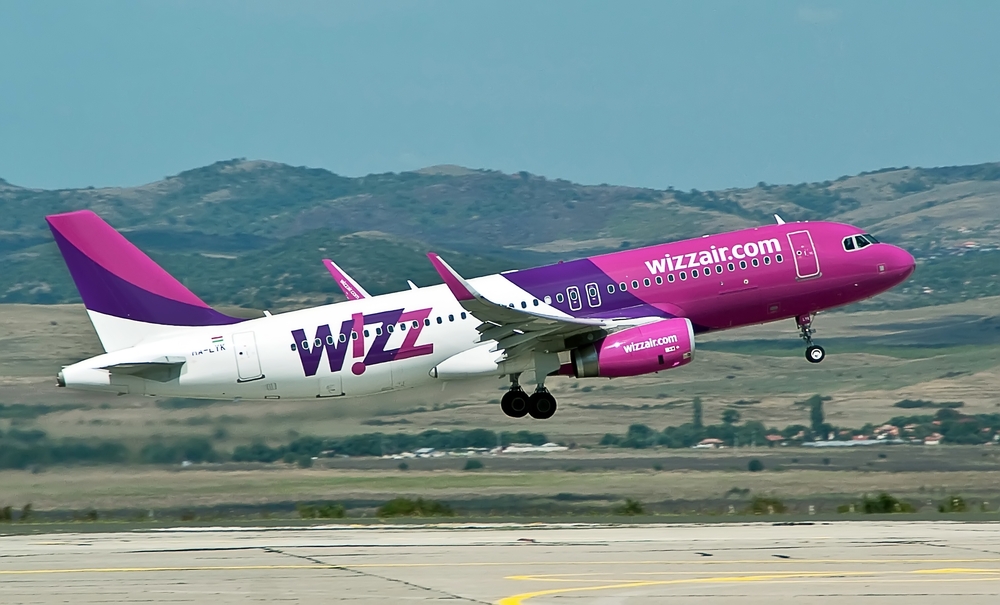Copyright © Everyday Narrative 2024. All rights reserved.
Ryanair CEO’s Reported €100m Bonus Makes Headlines
In the realm of aviation, few figures command media attention and controversy as Michael O’Leary, the charismatic CEO of Ryanair. O’Leary’s recent headline-grabbing news of a potential €100 million bonus has once again thrust him into the spotlight, sparking debates about executive compensation and the performance of low-cost carriers in the airline industry.

As O’Leary stands on the brink of a monumental payday, it is worth delving into the broader landscape of low-cost airlines to assess, compare and evaluate the marketplace and their performance:
1. Southwest Airlines (United States)
Often hailed as the pioneer of the low-cost carrier model, Southwest Airlines has established itself as a dominant player in the U.S. market. With its extensive domestic network, exemplary customer service, and strong financial performance, Southwest continues to set the standard for low-cost carriers worldwide.

2. Ryanair (Ireland)
As mentioned earlier, Ryanair’s relentless pursuit of cost efficiency and market dominance has propelled it to the upper echelons of the low-cost airline segment. While its no-frills approach may not appeal to all travellers, there is no denying the airline’s success in delivering affordable fares and generating substantial profits.

3. easyJet (United Kingdom)
Another stalwart in the European low-cost airline market, easyJet has built a formidable presence with its extensive route network and competitive pricing. Despite facing challenges in recent years, including Brexit-related uncertainties and the impact of the pandemic, easyJet remains a key player in the industry.

4. AirAsia (Malaysia)
With its focus on the Asian market, AirAsia has emerged as a major player in the low-cost carrier segment, catering to a diverse range of destinations across the region. Led by CEO Tony Fernandes, the airline has expanded its reach and diversified its offerings, including the launch of long-haul flights under the AirAsia X brand.

5. JetBlue Airways (United States)
While not strictly a traditional low-cost carrier, JetBlue Airways combines elements of the low-cost model with a differentiated product offering, including complimentary in-flight amenities and a focus on customer experience. With its strong brand reputation and competitive pricing, JetBlue continues to attract travellers in the fiercely competitive U.S. market.

6. IndiGo (India)
As the largest airline in India by passenger market share, IndiGo has carved out a niche for itself in the country’s rapidly growing aviation sector. With its low-cost structure and efficient operations, the airline has enjoyed sustained growth, capturing a significant share of both domestic and international traffic.

7. Spirit Airlines (United States)
Known for its ultra-low-cost model and no-frills approach, Spirit Airlines has become a disruptive force in the U.S. market, catering to budget-conscious travellers with its affordable fares and ancillary revenue streams. Despite facing criticism for its customer service and operational reliability, Spirit remains a formidable competitor in the low-cost segment.

8. Norwegian Air Shuttle (Norway)
Norwegian Air Shuttle made headlines with its ambitious expansion plans and low-cost transatlantic flights, challenging legacy carriers on long-haul routes. However, the airline faced financial difficulties exacerbated by the pandemic, leading to restructuring efforts and a renewed focus on its core operations in Europe.

9. Wizz Air (Hungary)
With its focus on Eastern and Central Europe, Wizz Air has experienced rapid growth, capitalizing on underserved markets, expanding its route network across the region. Led by CEO József Váradi, the airline has positioned itself as a leading low-cost carrier in Europe, leveraging its cost-efficient operations and modern fleet.

10. Allegiant Air (United States)
Serving smaller markets and leisure destinations in the United States, Allegiant Air operates a unique business model focused on point-to-point flights and vacation packages. Despite facing challenges related to its aging fleet and operational disruptions, Allegiant has maintained profitability and a loyal customer base.




